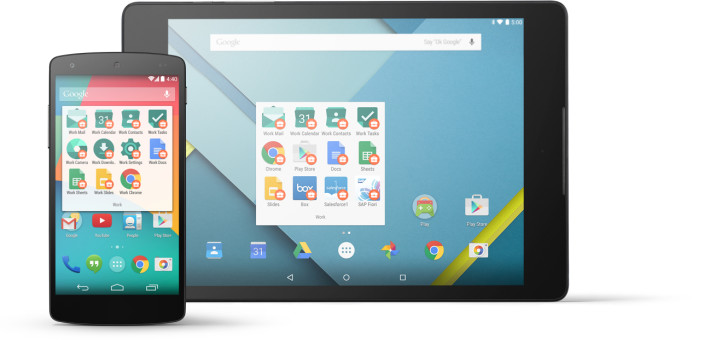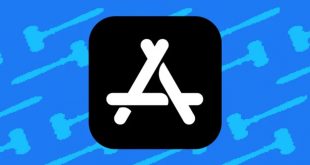Android for Work is the freshly launched, revamped platform from Google which promises to make enterprises and companies as connected as possible. The main drive behind Android for Work is easy separation between work life and real life on an Android smartphone, without having an employee carry around two different phones. The new platform proposes simple tools for enterprises to control and administrate separate “user accounts” so to speak on employees’ phones. If that sounds a bit intrusive, I should come clean from the beginning and let you know that it’s actually not and the principles behind Android for Work are actually very practical.
Android for Work has been in development for quite some time now, but it seems Google was finally ready to reveal the new enterprise-targeted platform to the public. We will know all the technical details and more at Google I/O in May, but until then let’s see what the platform is actually about. First off, the new system doesn’t forget about security when it comes to smartphones containing sensitive information, including trade secrets and internal operations, so Android for Work is designed in such a way that both the employee and the employer can feel safe about the information hosted on a phone.
The way in which employees will be able to use Android for Work is very simple, as all they will have to do is set up an account on an Android 5.0 Lollipop-running smartphone. No, Android Lollipop is not a requirement for Android for Work, but Google, as well as various OEMs should hurry up and get the new software on as many devices as possible, otherwise Android for Work will be off to a slow adoption by companies. The new platform will also be available to all Ice Cream Sandwich and up running devices. Nonetheless, it seems Google has already brought new companies on board the new project, so we’re off to a good start so far. After a user sets up their account, they will be able to easily access data from their employer, which will be marked with an Android for Work icon.
The new platform functions on the SELinux security enforcement, which allows the company’s IT department handle the apps and documents that the users will be able to access. Said IT department can not only “inject” information to a user’s phone or tablet, but also remove it, so after an employee leaves the company, they will no longer have access to the applications. I wonder if screenshots will be a liability in this case, as the company hasn’t detailed whether it has implemented failsafes that would prevent employees from taking screenshots of sensitive information, or at least notify the company when they do.
The IT department will not only be responsible for delivering simple content to your device, as Android for Work also allows them to implement contact information, emails, events and documents, all on a separate profile. The Android for Work platform is based on four key components, as follows: Work profiles, Android for Work application, Google Play for Work and various productivity tools, so overall it’s a very comprehensive and complete system that will surely wink at employers.
As you might have figured out already, the Work profiles are for creating the separate “user accounts” on a device that are dedicated to work. The platform will not allow the employer or the IT department managing enterprise content access to any of the user’s private files, applications or personal information stored on the device on which the Work profile is set up. At the same time, it will protect the data that belongs to the company or has to do with it, such as emails, documents and applications. The Android for Work application itself is targeted at those who are not running Android 5.0 Lollipop because on these devices the work profiles cannot be installed. It’s a nice solution, in my opinion, although we should find out more details later on.
The Google Play for Work part of the Android for Work platform is aimed at apps, which means that an employer can distribute apps to the users, which is my favorite part of this platform. You can easily and rapidly get the apps that the company you work for uses and needs, or even develops and sends out to Google Play. It’s really neat that you won’t have to fiddle to find these dedicated apps, but have them on your Work profile by default. The productivity tools are just a few apps and tools offered by Google to help employees do their jobs faster and better in a corporate environment.
 Tech Gadget Central Latest Tech News and Reviews
Tech Gadget Central Latest Tech News and Reviews




